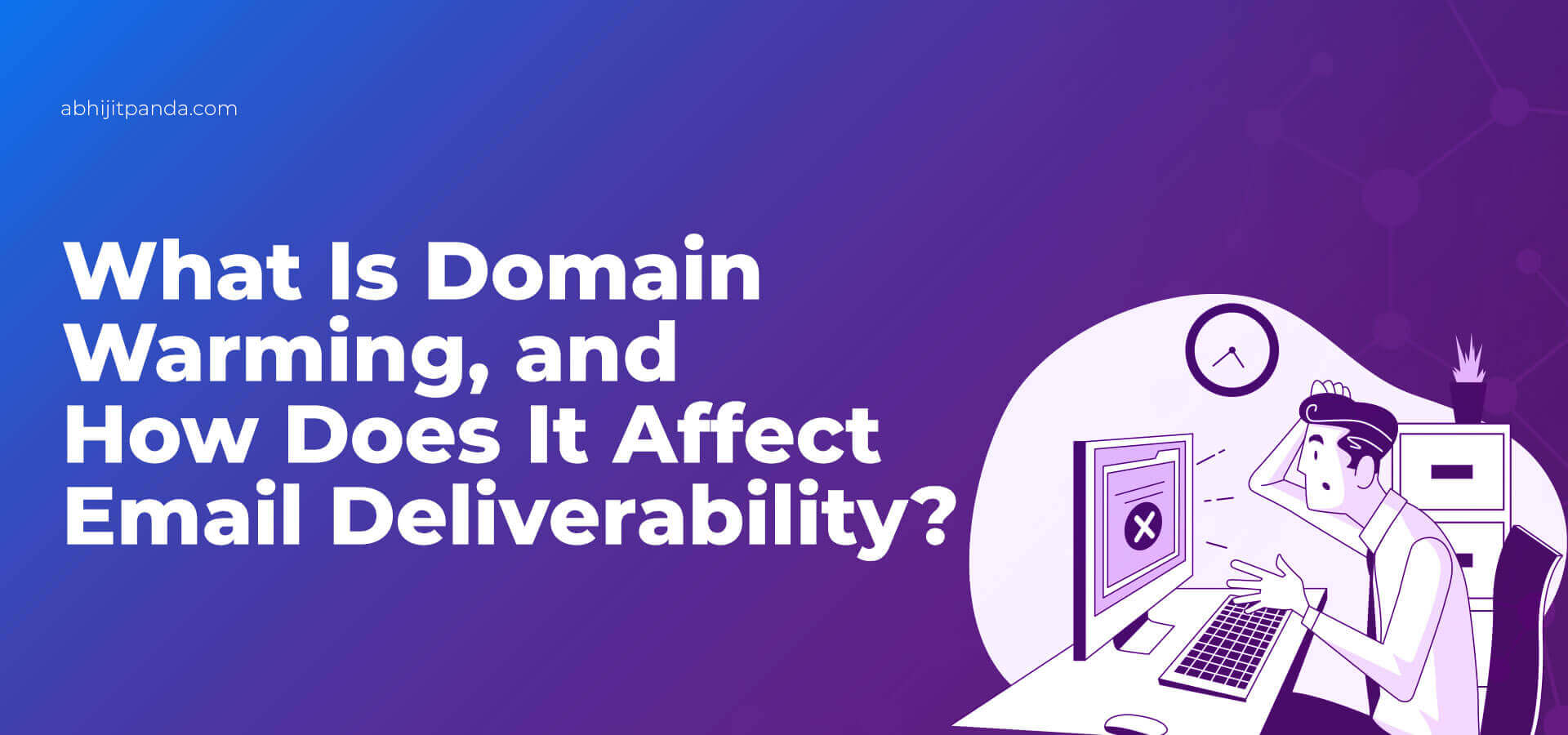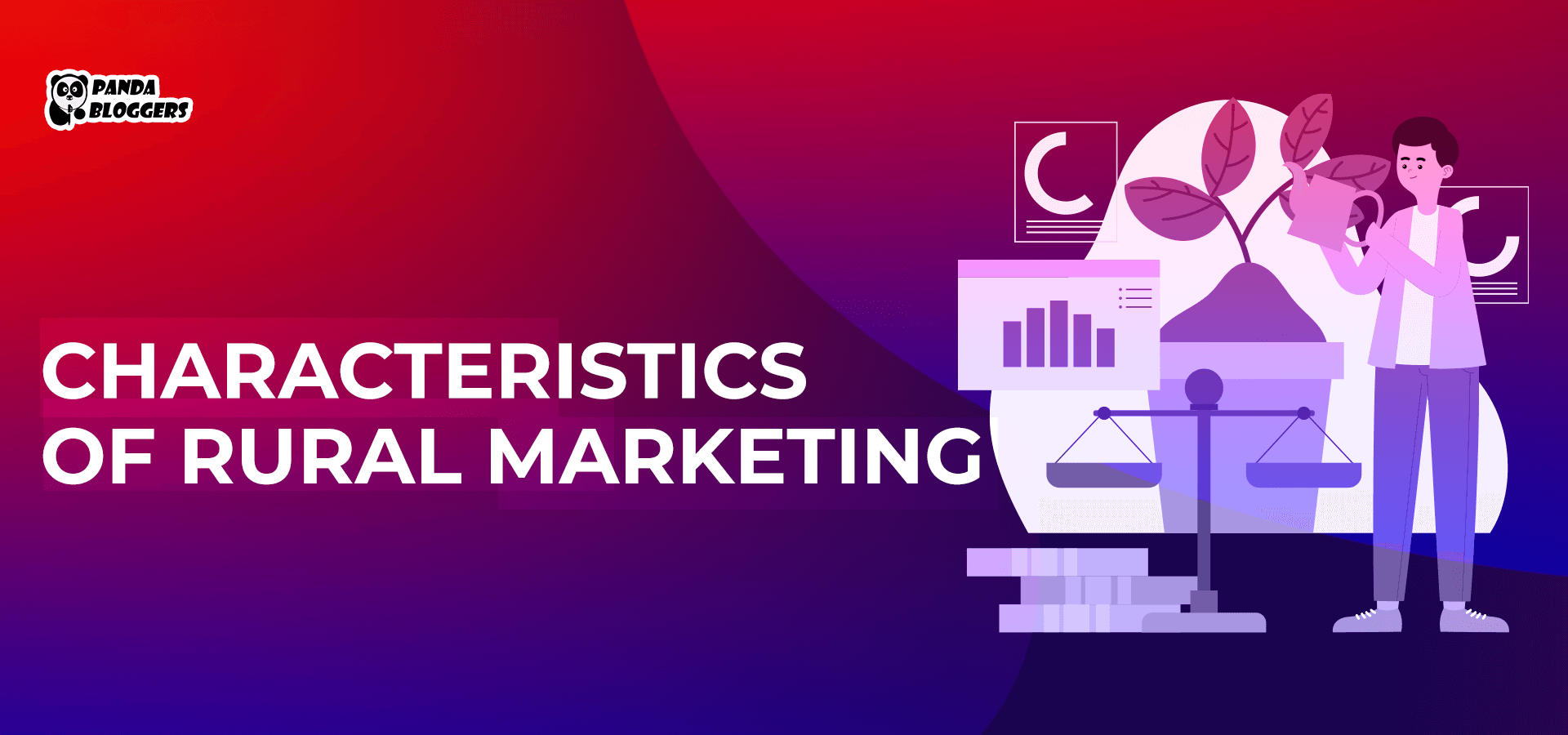 What is Domain Warming and how does it affect Email Deliverability?
What is Domain Warming and how does it affect Email Deliverability?
87% of marketers disseminate different forms of content by sending emails. However, they cannot make email marketing campaigns successful only when the right customer receives the right content at the right time. Email marketers have to overcome many challenges to ensure that the right content is delivered to the target audience.
Many bloggers cite improving email deliverability as one of the major challenges in email marketing. Emails marketers find it more difficult to send emails from new domains than from aged domains. They use domain warming or IP warming as a strategy to increase the delivery rate of emails sent from a new domain or unused domain.
Email Deliverability: What is Email Warming?
Leading email service providers consider emails sent from new or unfamiliar domains as suspicious activities. They block the emails sent from domains with no reputation to protect recipients from spam. Also, most email inbox providers block a large number of emails sent from a new domain.
Email marketers increase email delivery rates by developing a new domain’s identity and establishing its credibility by warming up the new or unused domain/IP. Domain warming can be described as the process of developing the identity and credibility of a new domain with email inbox providers.
How do Email Marketers Warm up New Domains?
Email marketers gain the trust of email inbox providers by warming up a new or unused domain over a period of time. They initiate the email warming process by sending a lower number of emails from the new domain.
They increase the number of emails sent from the domain gradually over a period of time. Also, their domain warming strategies increase email deliverability gradually by focusing on some important factors.
Email Volume
While planning the domain warming process, marketers send a lower number of emails from the domain. However, they often find it challenging to determine the right email volume. Most marketers determine the right email volume using analytics. Analytics makes them decide the number of emails being delivered to the recipient’s inbox instead of going to the spam folder.
Email Cadence
Marketers lack the option to follow any preset rules or standards while deciding the frequency of emails to be sent from a new domain. However, they ensure that the email service providers do not suspect their activities by not sending emails every day. Many marketers these days set the email cadence at three days while initiating the domain warming process.
Recipients
A high bounce rate makes marketers put in extra time and effort to warm up a new domain. Hence, marketers evaluate the accuracy of the email list before sending emails from the new domain. Also, they use analytics to identify the engaged recipients and the type of content they access. Email marketers focus on keeping the bounce rate low by sending emails to the right recipients.
Email Template
The decline in human attention span makes it essential for email marketers to ensure that recipients can consume the content in seconds. While making domain warming strategies, marketers opt for email templates that are slim and concise. They share specific content with subscribers by sending individual emails. Also, they keep recipients engaged by making them access the content without scrolling.
Dedicated IP
Many marketers prefer shared IPs to dedicated IPs to avoid additional expenses. But dedicated IPs, unlike shared IPs, enable marketers to send emails from a unique and exclusive IP. Marketers also have the option to enhance the reputation of the dedicated IP gradually. During the planning domain warming process, marketers send emails from a dedicated IP to increase email deliverability by winning the trust of inbox service providers.
How Domain Warming Boost Email Marketing Performance?
Often bloggers describe domain marketing as a strategy to boost email deliverability. However, businesses boost the overall performance of email marketing campaigns in several ways by sending emails from a warm domain.
Increased Email Deliverability
Domain warming emphasizes on increasing the number of emails sent from a new domain gradually. Hence, marketers send emails in small volumes from a new domain. The decrease in the number of emails creates opportunities for them to track the number of emails being delivered to inboxes and going to spam. Marketers can refine domain warming strategies by adjusting email volumes based on real-time data.
Higher Open Rate
The outcome of email marketing campaigns depends on the number of recipients opening emails. In addition to improving email deliverability, domain warming strategies help marketers increase email open rates. Several studies suggest that the email open rate increases by 40% when messages are sent from a warm message.
Email Content Optimization
Email marketers find it challenging to track the performance of email content when a large number of emails are sent from a domain regularly. Domain warming process makes it easier for them to measure the performance of email content using important metrics like clickthrough rate and conversion rate. They can improve the metrics by refining and adjusting the email content.
Whitelisted Email Campaigns
Marketers often explore ways to increase delivery rates by whitelisting email campaigns. They whitelist email campaigns by increasing the number of approved or safe email IDs. Domain warming process makes marketers send emails only to subscribers. Hence, email inbox providers start trusting whitelisted email campaigns due to low bounce rates. The whitelisting helps marketers boost email deliverability in the long run.
How do Email Marketers Speed up Domain Warming Process?
The time required to warm up a new domain depends on the size of the email list. An email marketer needs more time to warm up a domain with a one million contact list than a website with a 50000 email list. But email marketers must remember that there is a slew of factors that prolong the domain warming process.
For instance, the domain warming process is extended when they send choose an email frequency that email service providers find suspicious. Likewise, they will need more time to warm up a domain when emails are sent from multiple email IDs. At the same time, email marketers can reduce domain warming time by reducing email bounce rates and improving email address list quality.
Conclusion
As a tried-and-trusted digital marketing strategy, email marketing helps businesses generate leads and increase conversion rates. However, companies or startups can increase email open rates without warming up new domains. Businesses these days develop a new domain’s identity and reputation using many domain-warming strategies. Businesses also can follow these email marketing best practices to obtain better results.
But no email marketer can warm up a new domain in a short amount of time. They must remember that age is one of the key factors that impact domain reputation directly. Hence, their domain warming strategies must focus on improving domain reputation gradually. They should identify and avoid certain things that disturb or prolong the domain warming process.









Leave a Reply